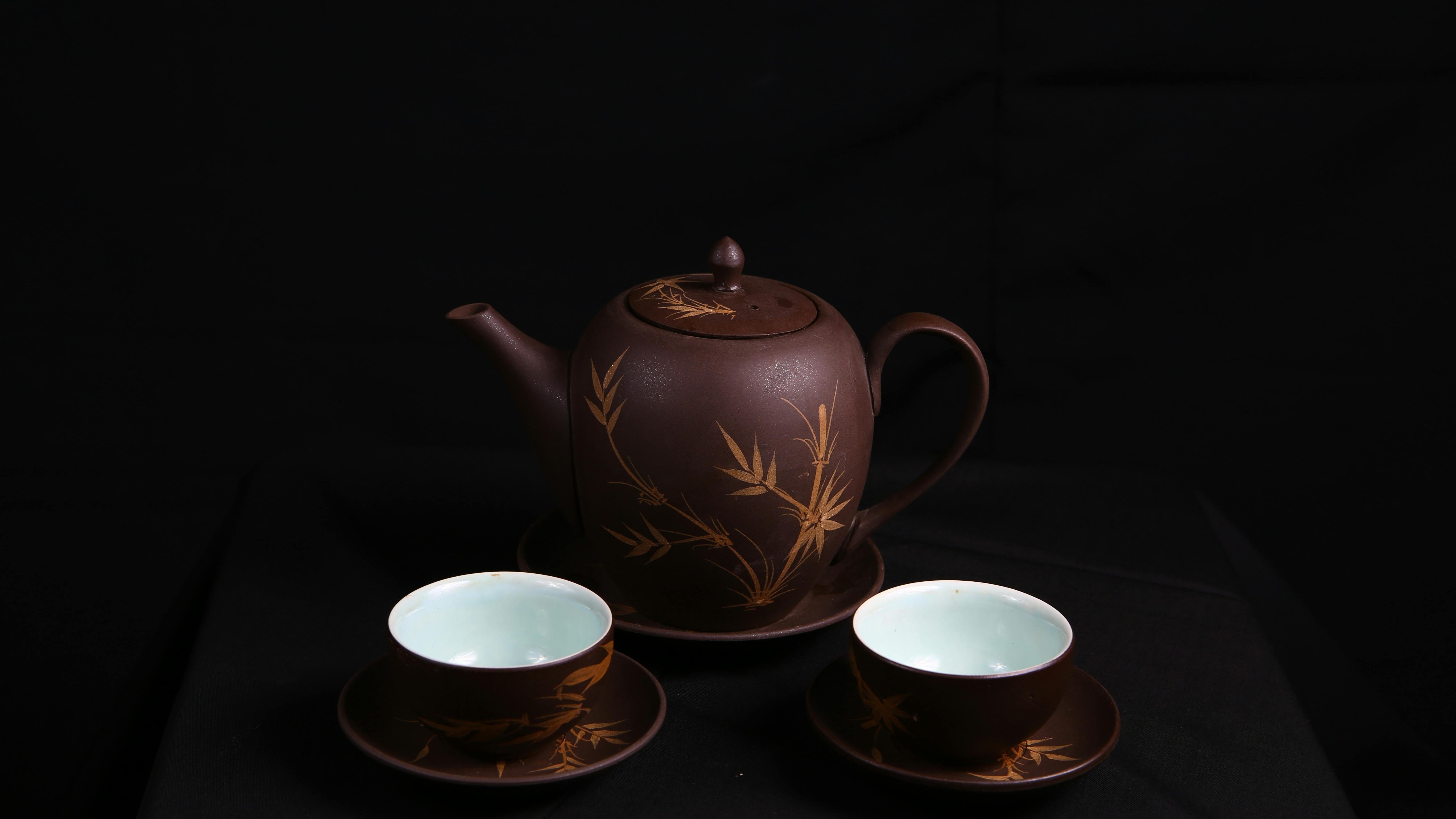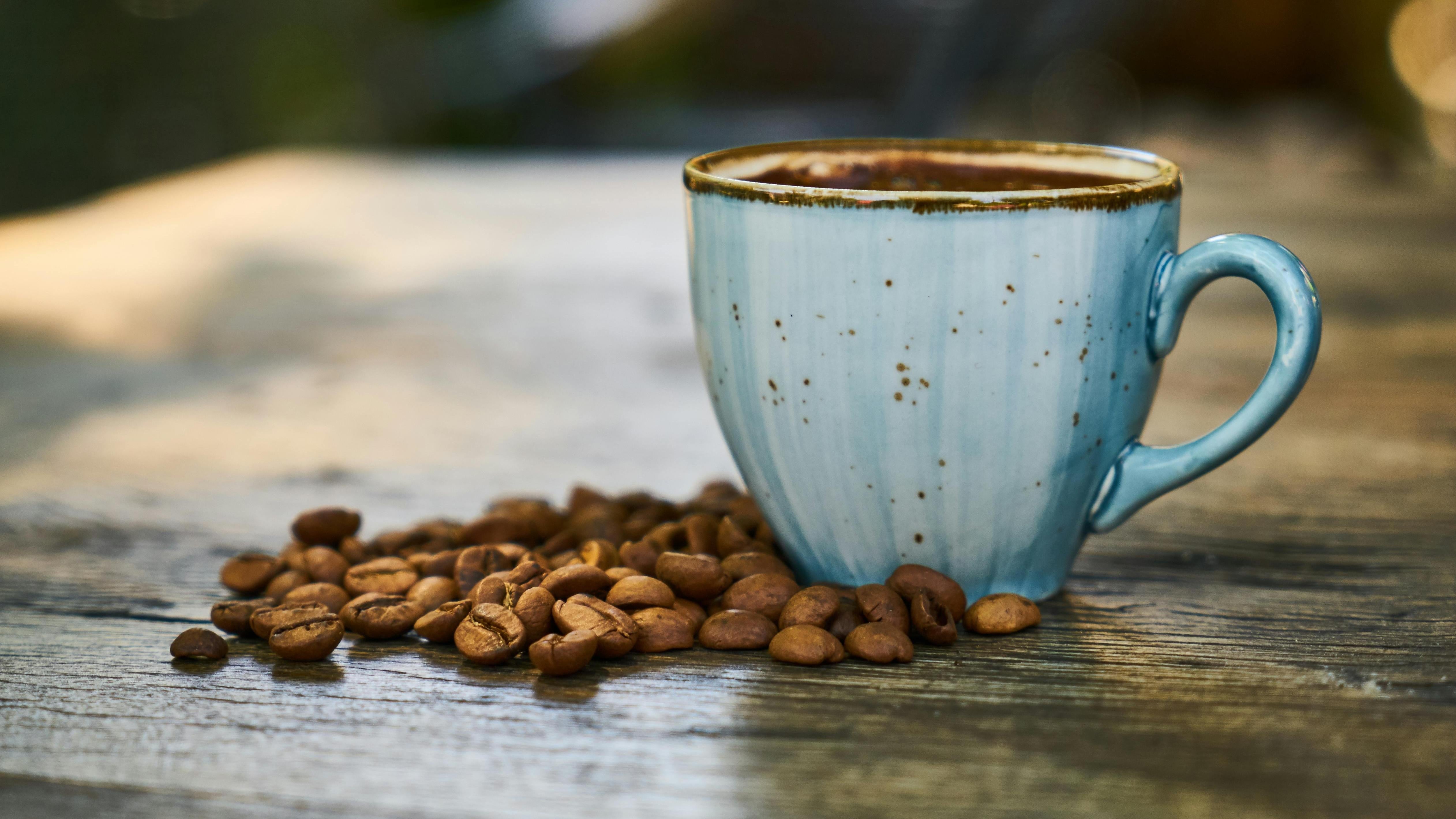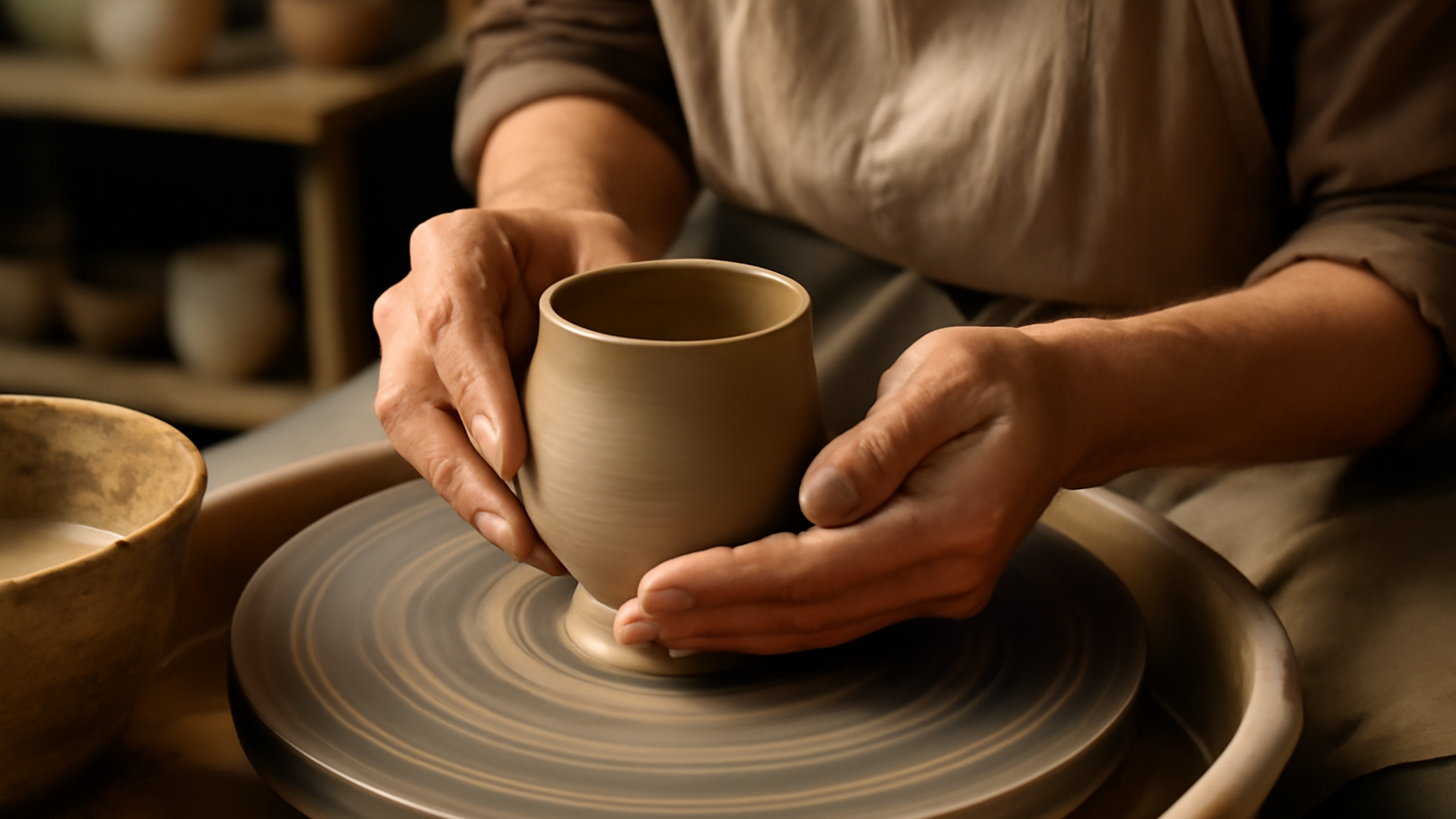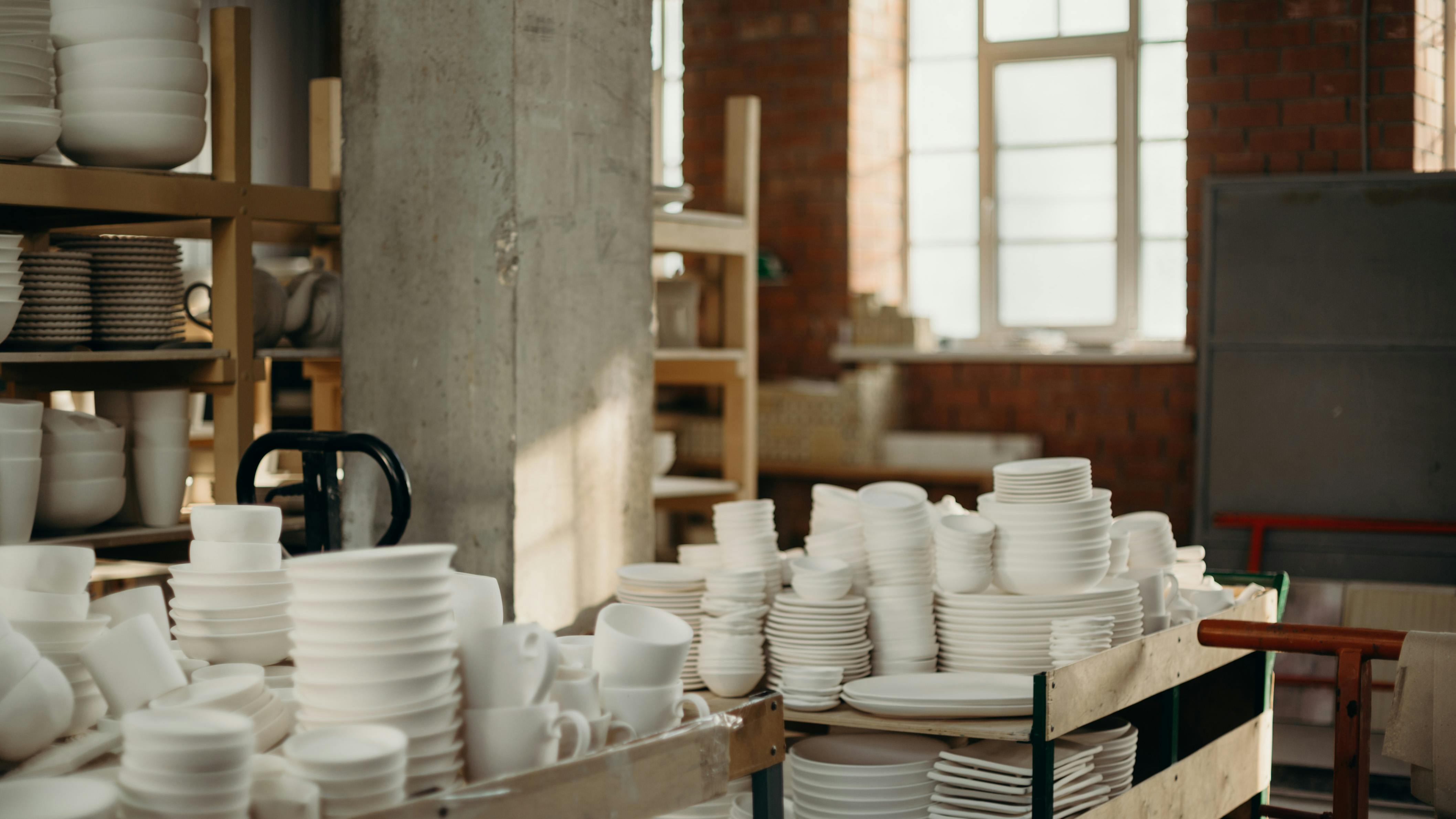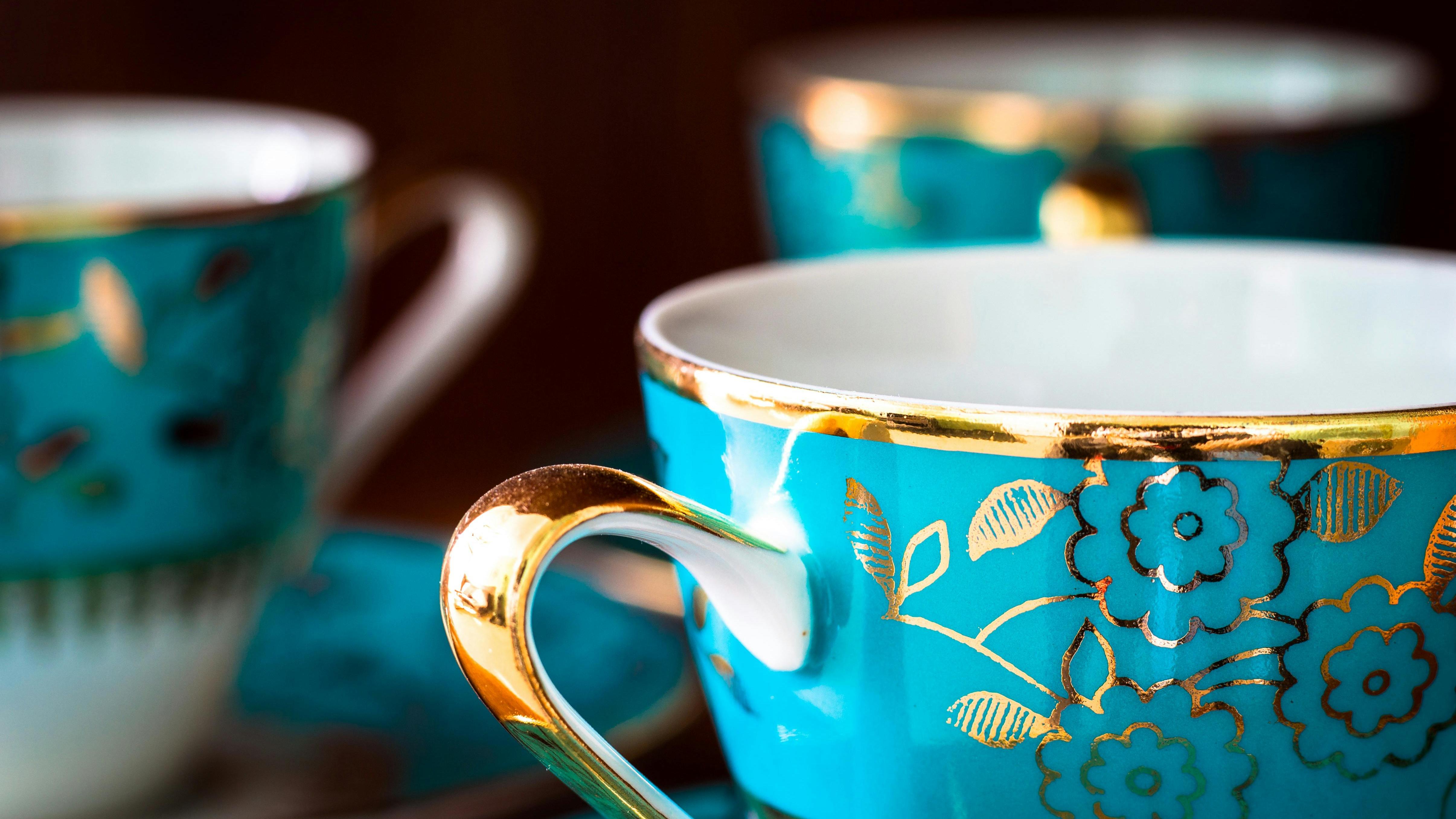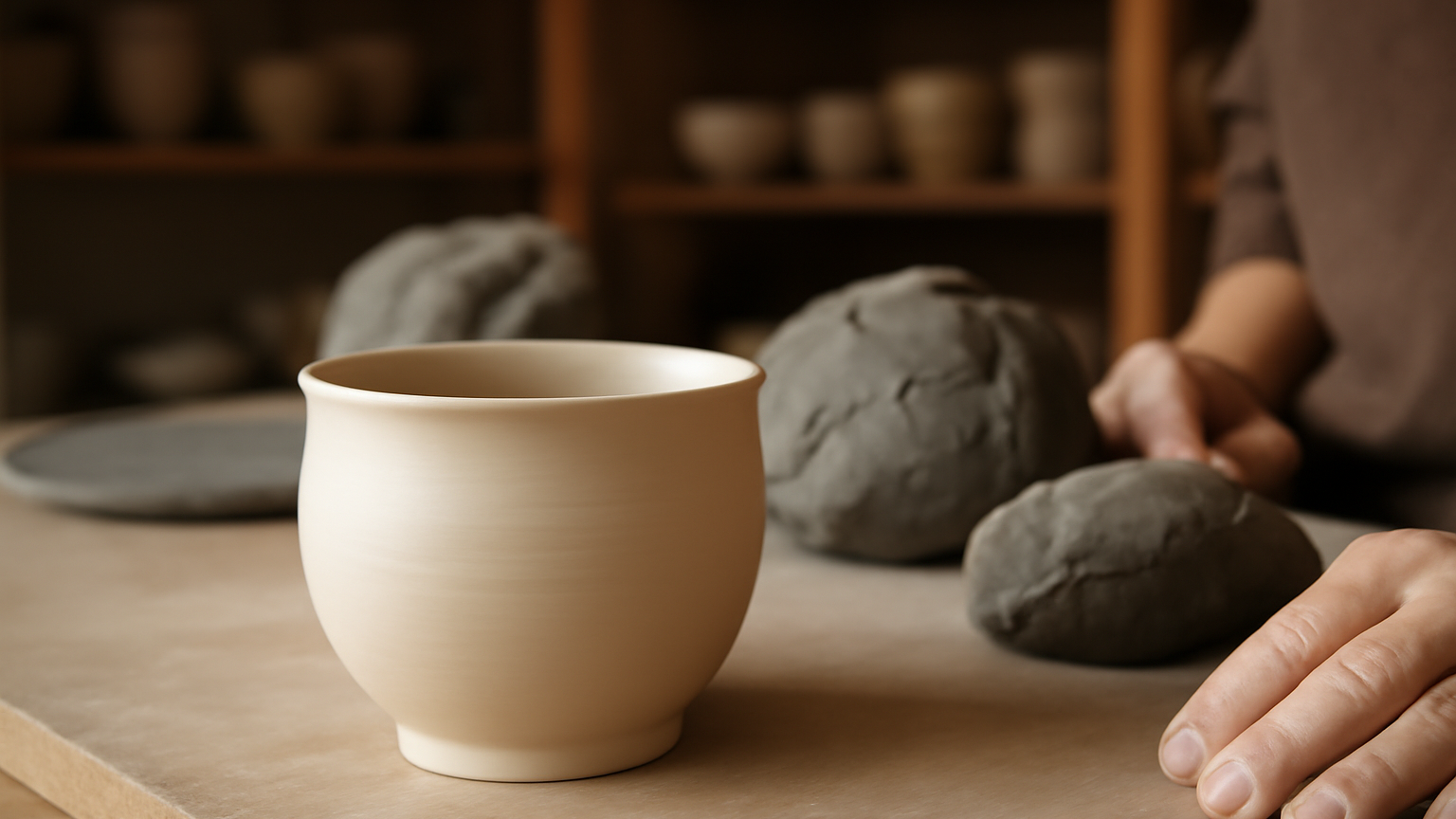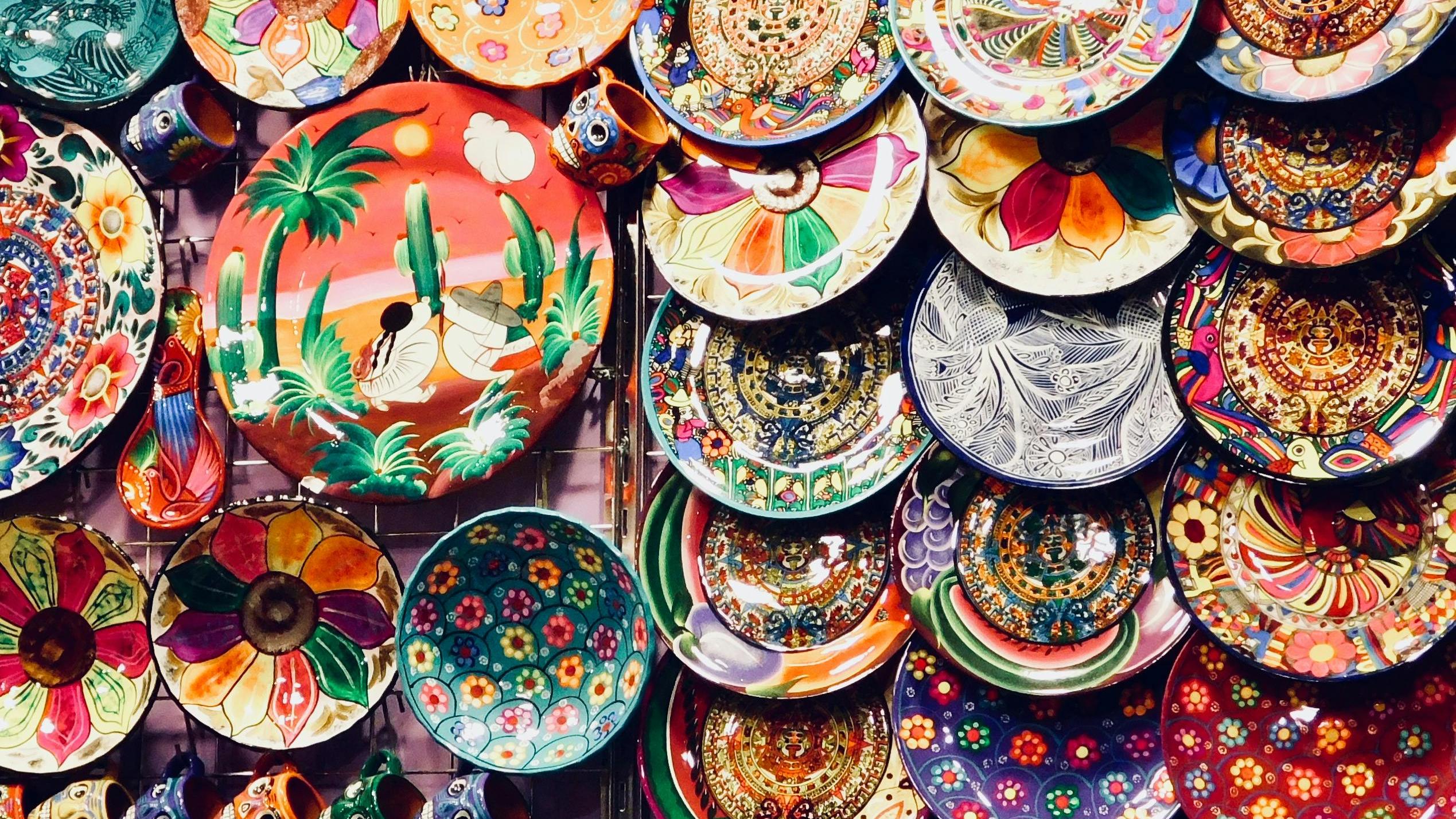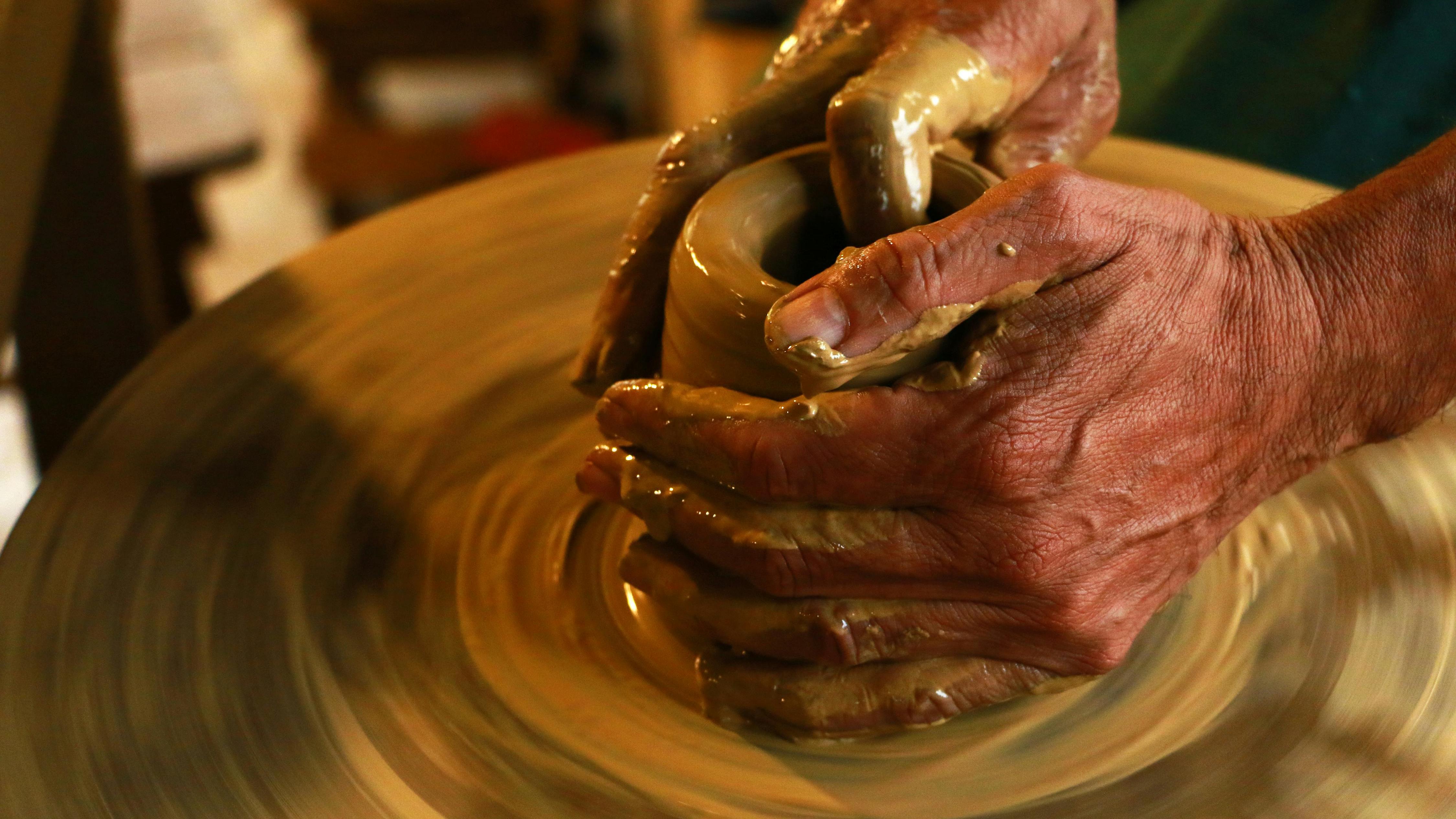
The Soul of a Cup: A Journey to Jingdezhen -TouCase
There’s something quietly powerful about holding a ceramic cup in your hands. Its weight, its texture, the way it catches light. But some cups carry more than just warmth—they carry stories. And many of those stories begin in a place called Jingdezhen.

For over a thousand years, Jingdezhen has been known as the heart of Chinese porcelain. It’s not just a city—it’s a legacy. Generations of artisans have shaped clay, mastered fire, and refined glazes until every curve of a cup speaks of tradition and intention.
What I’ve come to love most about Jingdezhen ceramics isn’t just the beauty—it’s the philosophy behind them. Every piece takes time. The process is slow, often unpredictable, and always deeply human. You can’t rush a good cup. And maybe that’s why it feels so different from mass-produced pieces. You’re not just holding an object; you’re holding someone’s rhythm, patience, and quiet pursuit of excellence.

When I first discovered cups from Jingdezhen, it felt less like shopping and more like discovering something that had been waiting for me. The delicate translucency of white porcelain, the subtle gold accents, the way the rim touches the lip—it’s as if the cup knows how you like to drink before you do.

I find myself reaching for these cups during quiet mornings or slow afternoons, when I want something that reminds me to be present. No two are exactly alike. That’s the beauty of it. In a world obsessed with perfect duplicates, these cups are beautifully human.
There’s more I’d love to share about this place, and about the kinds of cups that have stayed with me over the years. But I’ll save that for next time.

